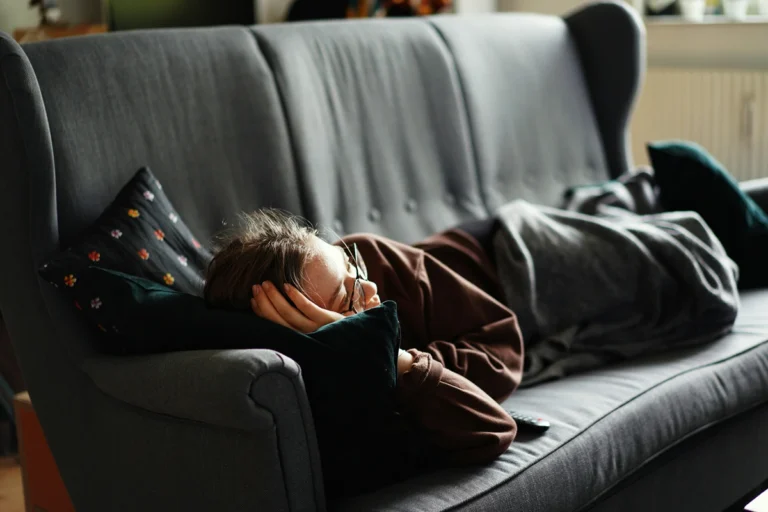Why September Sends Screens Into Overdrive
New classes mean Google Classroom alerts, group-chat pings about projects, and “just one quick game” after homework. Kids aren’t the only ones affected—parents juggle log-ins, late-night assignment uploads, and ever-present “Can I have the iPad?” Household screen use jumps 20 – 30 % in the first month of school (Augner et al., 2021). Having a plan keeps tech working for you, not against you. Screen time management is necessary for kids as well as adults.
Step 1 – Set the Family Vision
Talk it out at dinner.
What productive screen-time means: research, lessons, educational games/videos.
What you want to protect: sleep, in-person chats, calm meals.
Write the top three values on the fridge. Values-based rules stick better than random limits (Cole-Lewis & Kershaw, 2010).
Step 2 – Draft a Kid-Friendly Device Contracts
No lawyer needed—just clarity.
Allowed apps for homework vs. play
Tech-free zones (bedrooms, dinner table)
Off-hours: devices parked by 8 p.m. on school nights
Consequences you can enforce—think extra chores, not epic lectures
Sign it, snap a photo, revisit each term. Older kids like the fairness and autonomy (Research excerpt, 2024).
Step 3 – Build Homework Focus Strategies
Batch-check rule – school platforms at 4 p.m. and 7 p.m., not every five minutes.
Notification purge – keep teacher emails, mute everything else.
Timer trick – 25 min work / 5 min break loops. A loud kitchen timer works as well as an app.
Print the rubric – paper beside the laptop keeps eyes on the target, not Instagram.
These micro-tweaks can raise on-task time by a full letter grade over a semester (Al-Yagon, 2007).
Step 4 – Carve Out Digital-Free Zones & Times
Dinner-hour phone basket on the counter.
Weekend morning screen swap – cartoons become bike rides until 10 a.m.
Parent model – tell Slack you’re offline too. Kids smell hypocrisy a mile away (Wymbs et al., 2015).
Even 30 screen-free minutes lowers evening stress levels for the whole family (Evans et al., 2022).
Step 5 – Review Device Contracts & Adjust Every Friday
Quick five-minute huddle:
Wins: “We nailed no-phone dinners.”
Stumbles: “Homework videos turned into YouTube rabbit holes.”
One tweak for next week: tighter YouTube allowance or earlier laptop shut-down.
Small iterative changes beat massive overnight bans (Wendel, 2020).
Rapid-Reference Cheat Sheet
Primary goal: Screen time management kids
Tactics: Homework focus strategies, device contracts
Must-do today: Put devices away at meals, draft first version of the contract
Mindset: Progress, not perfection
Final Word
Back-to-school tech doesn’t have to mean back-to-stress. A clear family vision, simple device rules, and bite-size focus hacks keep learning high and meltdowns low. Start with one rule tonight—phones out of the bedroom—and build from there. Your future self (and your kids’ report cards) will thank you.
References
- Al-Yagon, M. (2007). Socio-emotional and behavioral adjustment among school-age children with learning disabilities. Journal of Special Education, 40(4), 205–217.
- Augner, C., Brandner, C., Ziegelbauer, J., & Römer, C. (2021). Tackling the digital pandemic? Internet Interventions, 25, 100409.
- Cole-Lewis, H., & Kershaw, T. (2010). Text messaging as a tool for behavior change. Epidemiologic Reviews, 32(1), 56–69.
- Evans, W. D. et al. (2022). Digital media for behavior change. IJERPH, 19(15), 9129.
- Research excerpt (2024). Literature review on digital detox interventions.
- Syvertsen, T., & Enli, G. (2019). Digital detox: Media resistance and the promise of authenticity. Media, Culture & Society, 41(5), 720–732.
- Wendel, S. (2020). Designing for Behavior Change. O’Reilly Media.
- Wymbs, F. A. et al. (2015). Parents’ preferences for parent training. Journal of Clinical Child & Adolescent Psychology, 44(6), 951–961.
*Disclaimer: Offline Now offers educational coaching tips, not medical or therapeutic advice; please consult a qualified health professional for personal or clinical concerns.*



